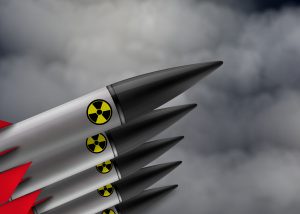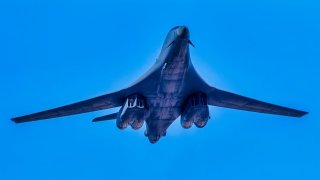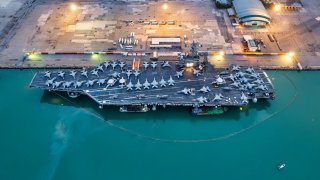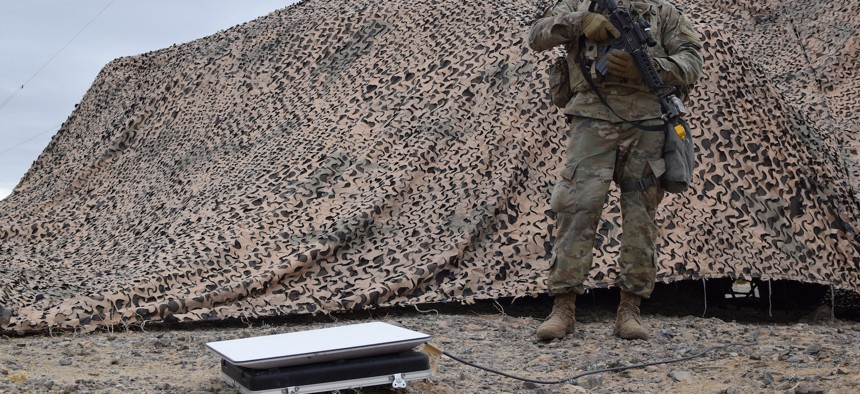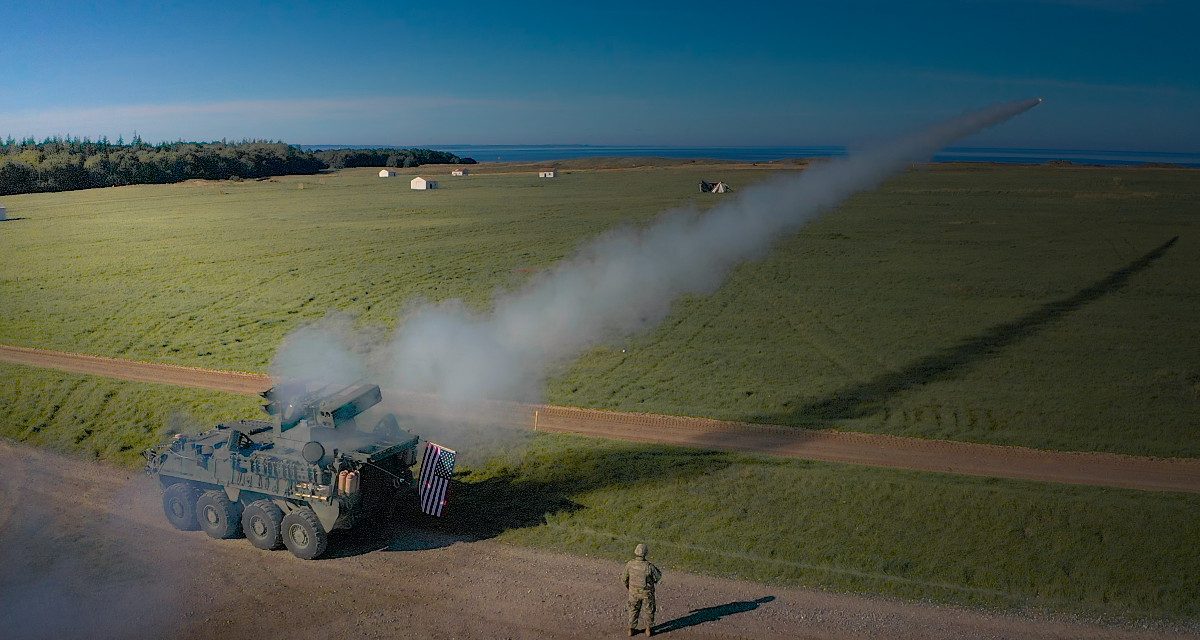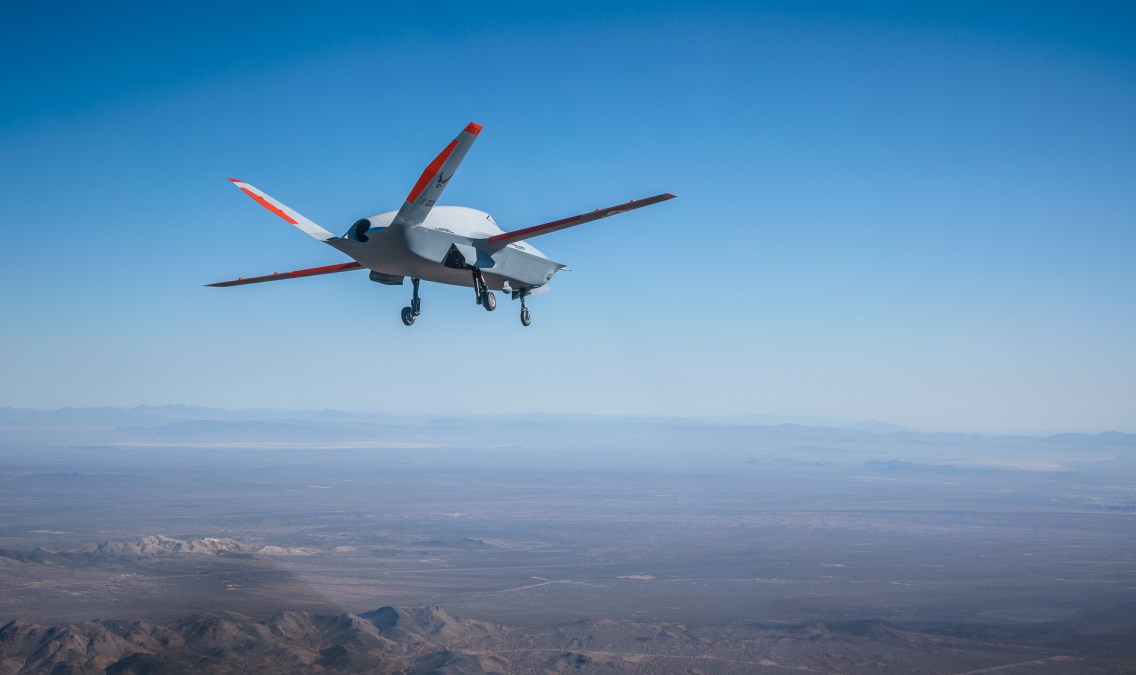John Hannah & Michael Makovsky

Hamas commits the worst massacre of Jews since the Holocaust. Hundreds of civilians from Gaza actively participate in the slaughter. Spontaneous celebrations erupt from Khan Yunis to Ramallah. Washington’s preferred partner, the Palestinian Authority (PA), has yet to condemn the atrocities.
How does President Joe Biden propose to counter this assault on American values and interests? Unilateral recognition of a Palestinian state, reportedly. It’s hard not to conclude that this appalling betrayal of one of America’s closest allies is all about helping Biden carry the key state of Michigan in November’s elections.
Saying this pains us. Following October 7, Biden’s support for Israel at its darkest hour was magnificent. He traveled to the war zone to grieve with Israelis, declared America’s support for destroying Hamas, deployed U.S. forces to deter Iran and Hezbollah, and resupplied Israel with weapons.
Perhaps most admirably, he did so despite widespread opposition from his own party. It was an act of true political courage: Joe Biden, the Democratic Party’s last unapologetic Zionist.
Now, all that is in danger of being undone. Biden’s poll numbers have declined; his administration appears panicked. In a cringe-worthy performance, Biden’s deputy national security advisor bent over backward to appease Arab-American voters in Michigan, privately disparaging Israeli prime minister Benjamin Netanyahu and apologizing for Biden’s failure to sympathize with Palestinians more publicly.
This political damage control is understandable. Far more alarming is how this impulse to reverse course on Israel is now overtaking the administration’s policies. Secretary of State Antony Blinken has pressed for “a concrete, time-bound and irreversible path” toward a Palestinian state. This amounts to saying that it doesn’t matter how corrupt and incompetent the Palestinian leadership remains, if they continue to incite their people to hate Jews, or if their ultimate goal remains Israel’s destruction. What matters is that when the clock runs out on Blinken’s “time-bound” process—in a month, a year, or five years—the Palestinians will be rewarded with their state. Apparently, this will be done as part of a plan to bring about Israel-Saudi normalization.







